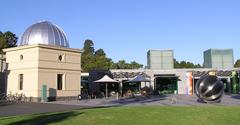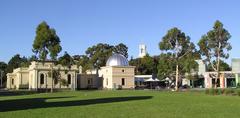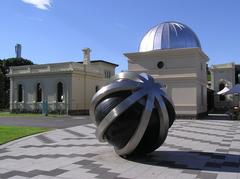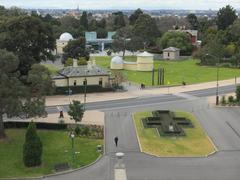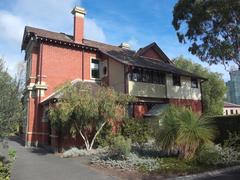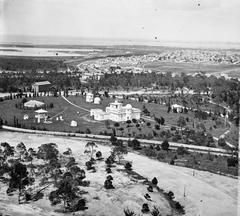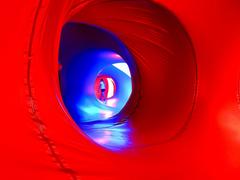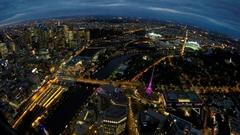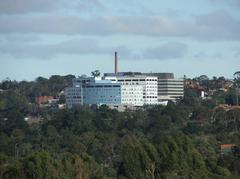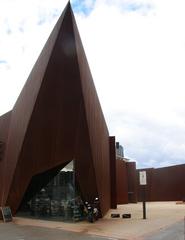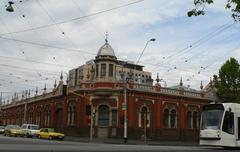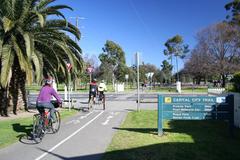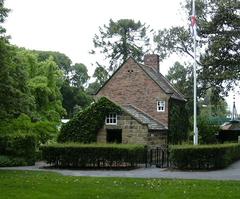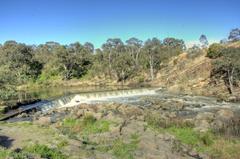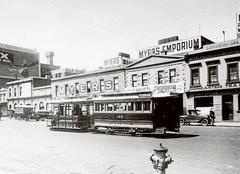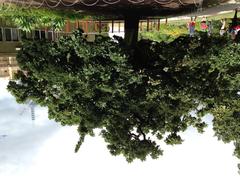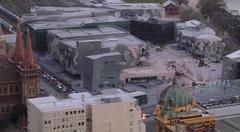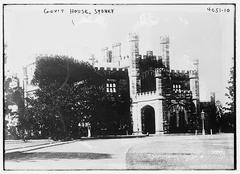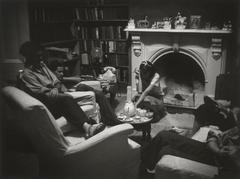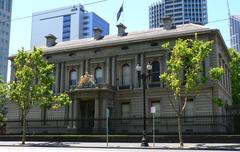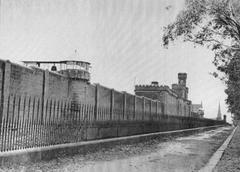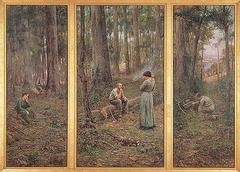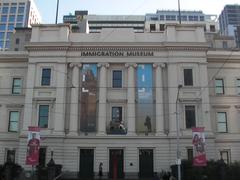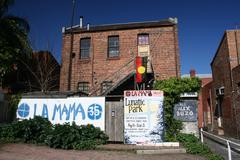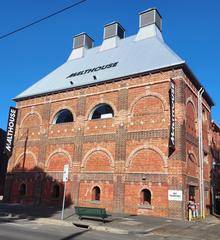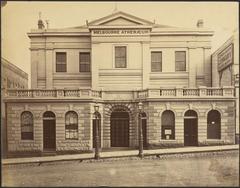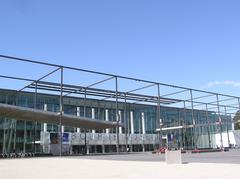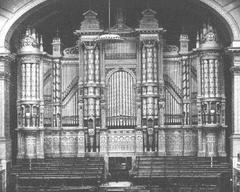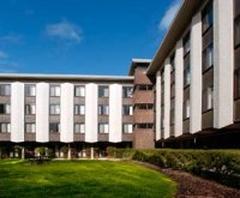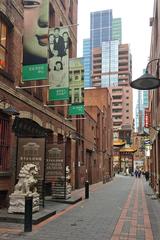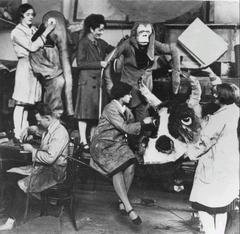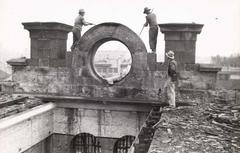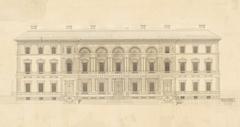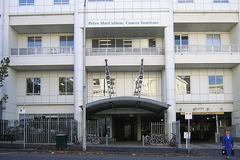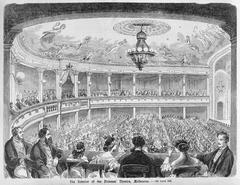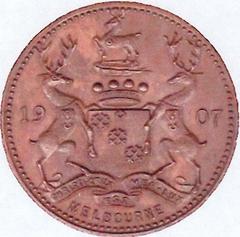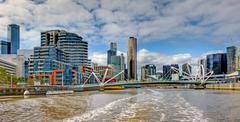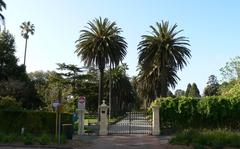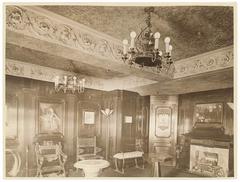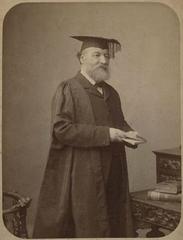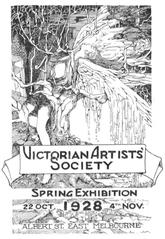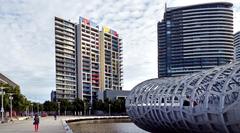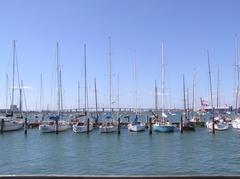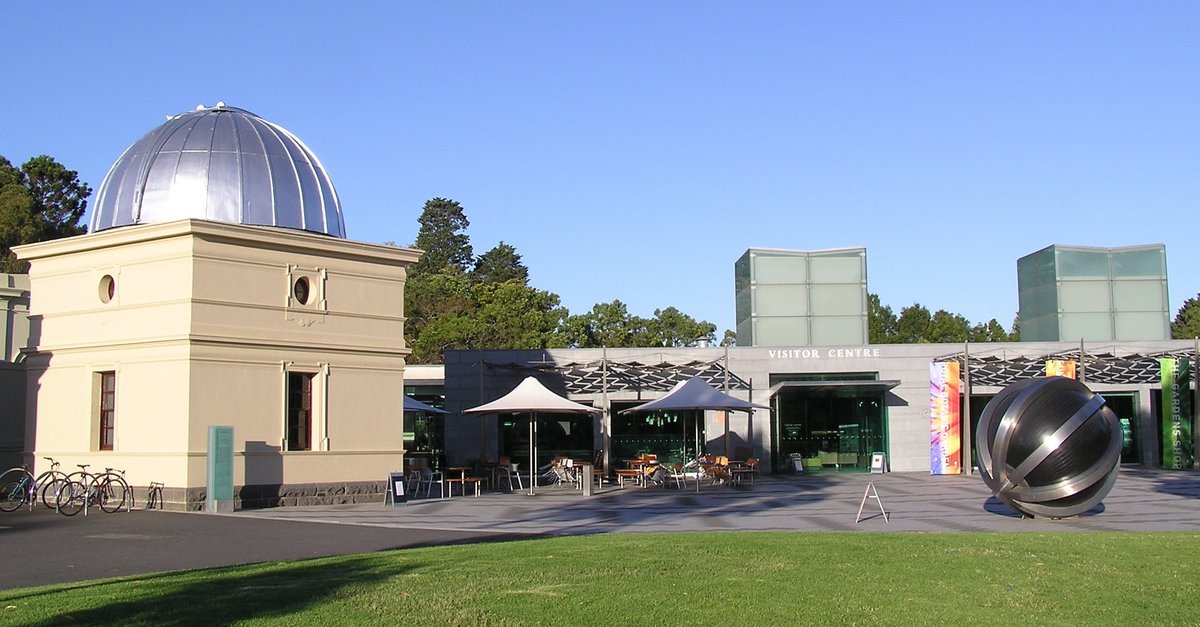
Melbourne Observatory Visiting Hours, Tickets & Travel Guide
Date: 15/06/2025
Introduction
Nestled within the Royal Botanic Gardens Melbourne, the historic Melbourne Observatory stands as a testament to Australia’s scientific heritage and cultural identity. Established in 1861 during the city’s post-gold rush expansion, the Observatory emerged as a pivotal institution for astronomical research, meteorology, and precise timekeeping. Its grand Victorian Italianate architecture, notably the domed telescope houses, once contained some of the world’s most advanced instruments—including the renowned Great Melbourne Telescope, which transformed southern hemisphere astronomy (Royal Botanic Gardens Victoria; Museums Victoria; Trip.com; Wikipedia).
Today, the Melbourne Observatory is a heritage-listed site and vibrant educational hub, offering guided tours, interactive exhibits, and public astronomy nights. Its integration with the lush Royal Botanic Gardens enhances the visitor experience, making it a must-see destination for locals and tourists alike. This comprehensive guide covers Melbourne Observatory’s visiting hours, ticketing, accessibility, nearby attractions, and tips to help you make the most of your visit (Museums Victoria; OnlyMelbourne).
Contents
- Origins and Historical Highlights
- Architectural Features & Facilities
- Scientific Achievements
- Visiting Hours, Tickets & Accessibility
- Travel Tips & Nearby Attractions
- Heritage and Cultural Significance
- Notable Instruments
- Integration with Royal Botanic Gardens
- Frequently Asked Questions (FAQs)
- Visuals and Media
- Conclusion & Call to Action
1. Origins and Historical Highlights
The Melbourne Observatory was founded in 1861, reflecting the city’s ambition to become a leader in science and culture. The site—adjacent to the Royal Botanic Gardens—offered clear skies and proximity to Melbourne’s intellectual heart. The Observatory’s first Government Astronomer, Robert Ellery, shaped its early direction, establishing it as a cornerstone of scientific endeavor in Victoria (Royal Botanic Gardens Victoria).
2. Architectural Features & Facilities
Designed in the grand Victorian Italianate style, the Observatory complex includes domed telescope houses, administrative offices, and laboratories. The 1869 completion of the Great Melbourne Telescope House marked a significant expansion, accommodating what was then the world’s largest steerable telescope (Trip.com).
The Observatory’s landscaped grounds, blending scientific purpose with beauty, remain a highlight for visitors, benefiting from the tranquility and greenery of the adjoining Royal Botanic Gardens.
3. Scientific Achievements
Timekeeping and Navigation
In the 19th century, accurate time was essential for navigation, railways, and commerce. Melbourne Observatory maintained the colony’s official time, distributing signals via telegraph. This service was vital for the synchronization of public life in a rapidly modernizing society.
Astronomical Research
The Observatory became a leading center for southern hemisphere astronomy. Its telescopes recorded planetary transits, comets, and eclipses. The Great Melbourne Telescope (installed 1869) enabled in-depth study of southern nebulae and star clusters. Melbourne played a crucial role in the international “Carte du Ciel” photographic sky-mapping project, charting previously unrecorded southern stars (Museums Victoria; Wikipedia).
Meteorological Contributions
The Observatory also gathered vital meteorological data—temperature, rainfall, and atmospheric pressure—supporting the development of early weather forecasting in Australia. This data proved invaluable for agriculture and public health.
4. Visiting Hours, Tickets & Accessibility
Visiting Hours:
- The Observatory Precinct and Visitor Centre are open daily from 9:30 am to 5:00 pm (closed Christmas and New Year’s Day) (RACV).
- Stargazing events and night tours are held on select evenings; check the official schedule for details.
Tickets:
- Daytime entry to the Observatory grounds is generally free with gardens admission.
- All guided tours and astronomy nights require advance booking; tickets can be purchased online or at the Visitor Centre.
- Prices vary by event; discounts are available for children, students, and concession holders.
Accessibility:
- The gardens and Visitor Centre are accessible, but Observatory buildings are heritage-listed and only partially wheelchair-friendly (What’s On Melbourne).
- Accessible toilets and parking are near the Observatory Gate.
- Assistance animals are permitted; contact staff to arrange further support.
Getting There:
- Public Transport: Trams 3/3a, 5, 6, 16, 64, 67, and 72 (Domain Road stop); Bus 605 (close to Observatory Gate).
- By Car: Metered parking is available around the gardens; arrive early on weekends or event days (RACV).
5. Travel Tips & Nearby Attractions
- Royal Botanic Gardens Melbourne: Wander through themed gardens and tranquil landscapes.
- Shrine of Remembrance: Iconic war memorial with panoramic city views.
- National Herbarium of Victoria: Explore plant biodiversity exhibits.
- Southbank Promenade: Dining and cultural experiences along the Yarra River.
Tips:
- Dress in layers; evenings can be chilly.
- Arrive early for events to secure parking and enjoy the gardens.
- Bring binoculars or a camera (note restrictions on flash/tripods during night events).
6. Heritage and Cultural Significance
The Observatory’s preservation as a heritage site ensures its ongoing educational and cultural role. Managed by the Royal Botanic Gardens Victoria and the Astronomical Society of Victoria (ASV), the Observatory offers public programs, school visits, and special events, highlighting Melbourne’s commitment to science and community engagement (ASV; Upgraded Points).
7. Notable Instruments
The Great Melbourne Telescope
A marvel of Victorian engineering, the Great Melbourne Telescope was the world’s largest fully-steerable telescope when installed in 1869. Though later relocated and damaged, restoration is underway to return it to its original home for public display (Museums Victoria).
Other Historic Telescopes
The South Equatorial Telescope and Photoheliograph also reside here, contributing to solar and celestial studies.
8. Integration with Royal Botanic Gardens
The Observatory’s location within the Royal Botanic Gardens ensures its conservation and relevance. The gardens, established in 1846, provide a lush, tranquil setting, creating a unique blend of nature and science (Upgraded Points).
9. Frequently Asked Questions (FAQs)
Q: What are the Melbourne Observatory visiting hours?
A: 9:30 am–5:00 pm daily; night events by schedule. Check the official website for updates.
Q: Do I need tickets for entry?
A: Daytime grounds entry is free. Tours and astronomy nights require advance ticket purchase.
Q: Is it wheelchair accessible?
A: The gardens and Visitor Centre are accessible; Observatory buildings have partial accessibility.
Q: Are guided tours available?
A: Yes, regularly scheduled; book in advance.
Q: Is parking available?
A: Metered parking is nearby, but limited during busy periods.
10. Visuals and Media
Alt tag: Melbourne Observatory visiting hours and tours at sunset
Alt tag: The restored Great Melbourne Telescope housed within Melbourne Observatory.
Alt tag: Map of Melbourne Observatory and Royal Botanic Gardens Melbourne
Preview your visit with the interactive virtual tour of Melbourne Observatory.
11. Conclusion & Call to Action
Melbourne Observatory is a living legacy of scientific achievement, historic architecture, and community education. By planning ahead—checking Melbourne Observatory visiting hours, securing tickets early, and choosing from engaging tours and events—you’ll experience the best of Melbourne’s astronomical and cultural heritage.
Download the Audiala app for real-time event updates, ticketing, and exclusive content. Follow us on social media for news and visitor tips, and explore our related guides on Melbourne’s historical sites for a richer city experience.
